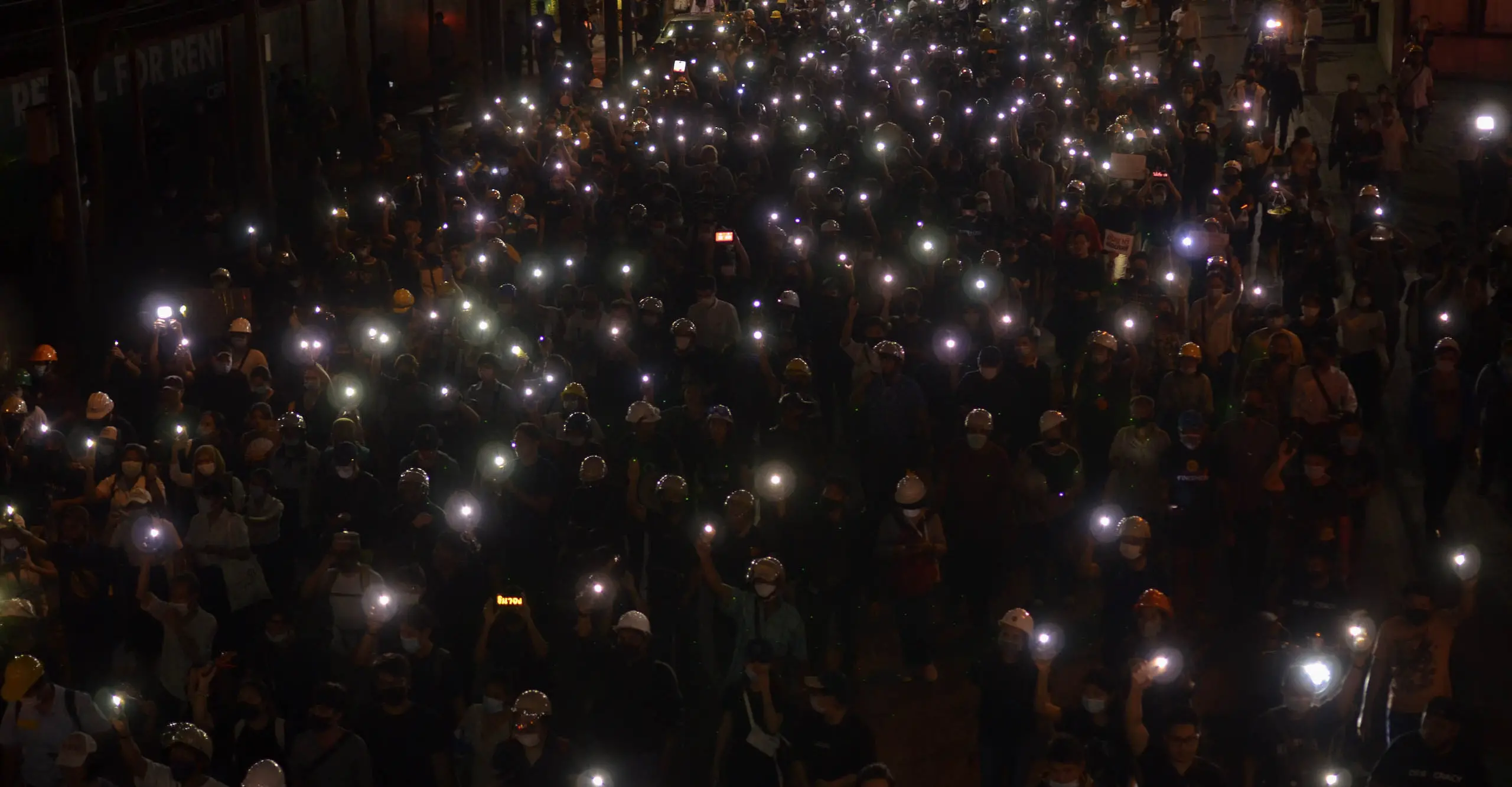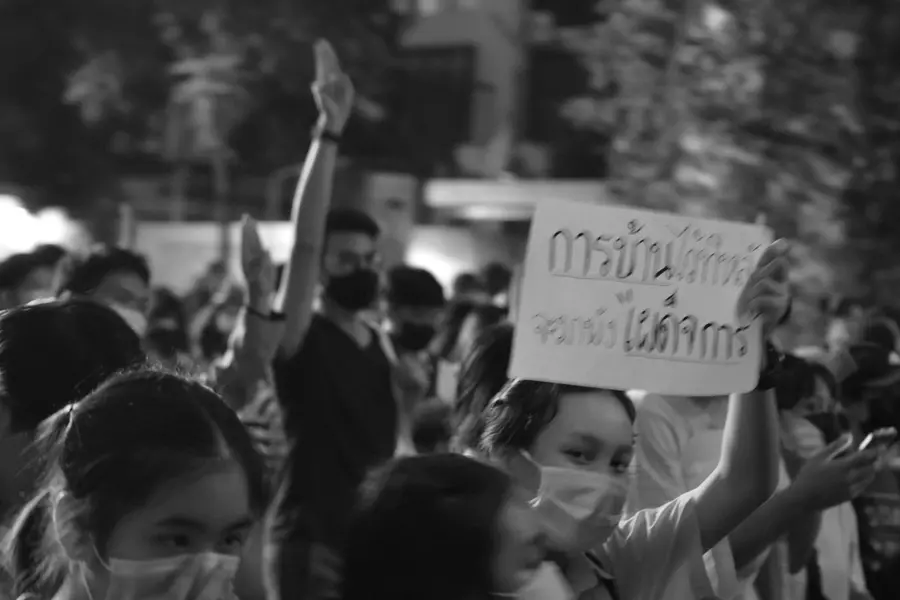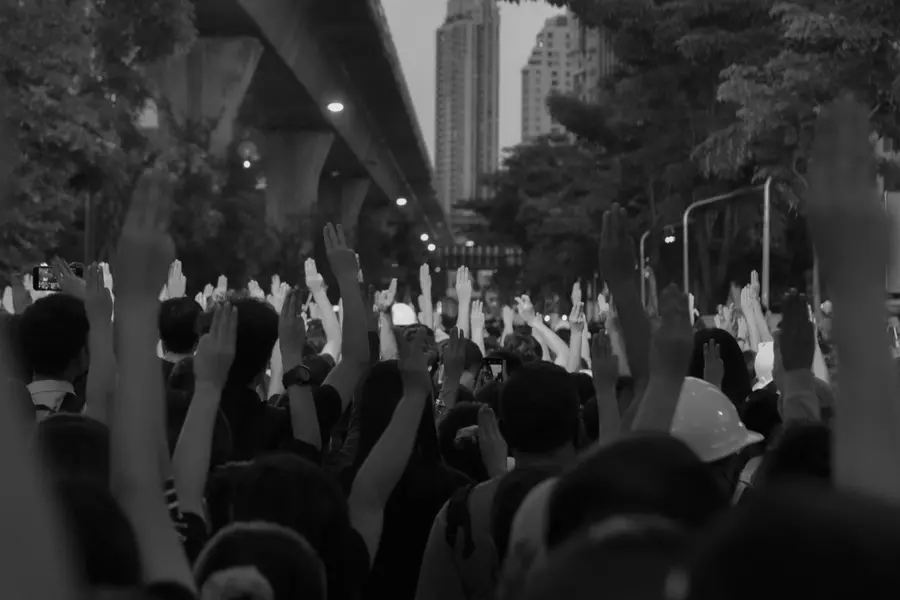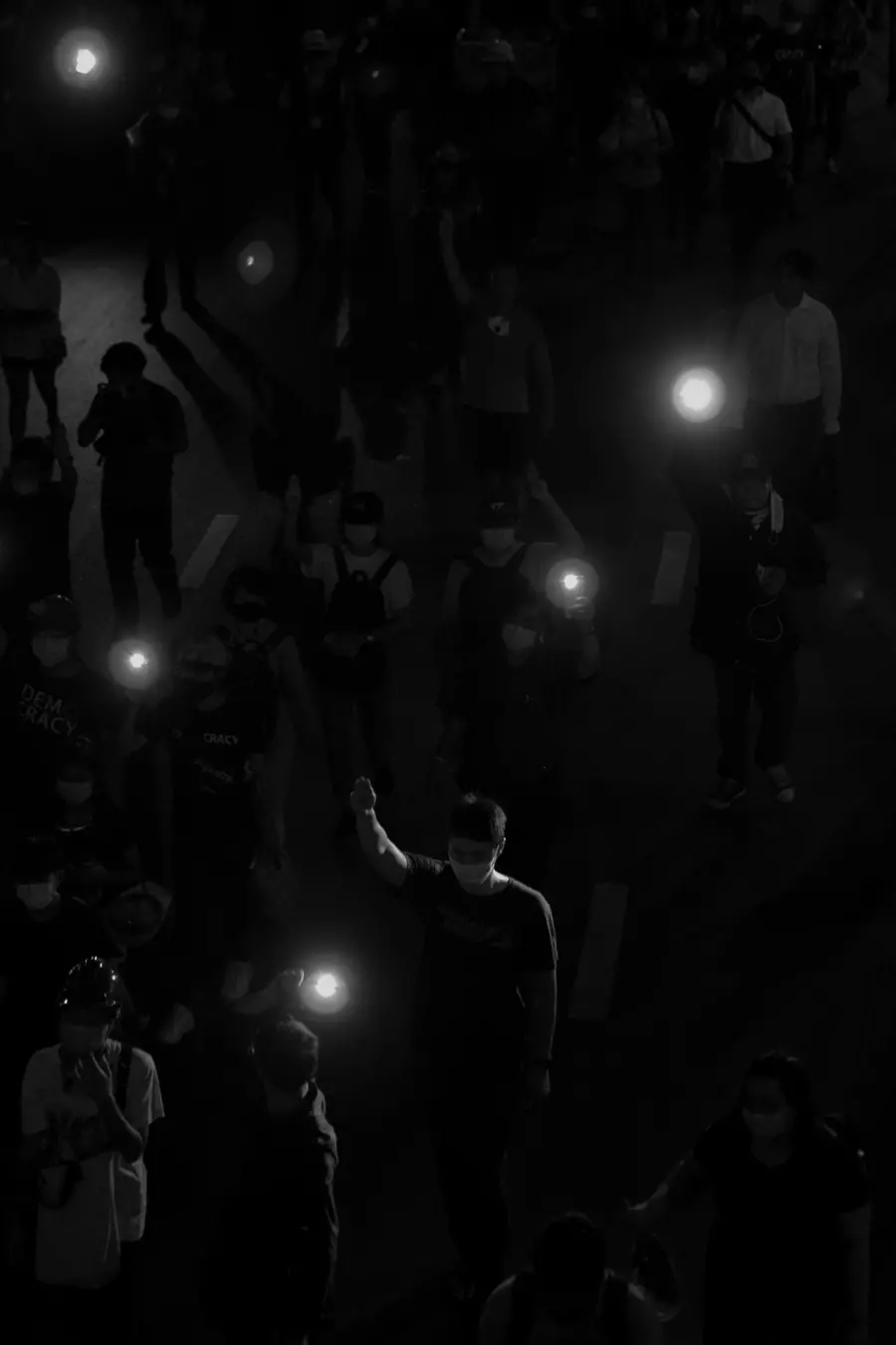Since the 2014 coup d’etat, Thailand has been ruled by a military junta. This is not an entirely new phenomenon for Thai people: there have been 18 coups, 23 military governments, and 9 military-dominated governments in Thailand since 1933.
I was too young to fully grasp the tension, anxiety, and fear that surrounded the military takeover of 2006 - although I remember very clearly that I was happy to have a couple of days off from school. I also remember that things were never quite the same after that. Society was concretely divided between pro-royalists and anti-royalists, red shirts and yellow shirts, pro-Thaksin and anti-Thaksin; violent riots seized Bangkok every couple of years, some even forcing my loved ones to evacuate their homes.
For me, 2014 marked a turning point as a Thai citizen, as I finally came to terms with the fact that the country I grew up in would always be shrouded in instability and turmoil. I was in a supermarket the day news broke that the army had seized power, news which I heard through an employee’s cell phone on loudspeaker. 2020 was the longest I had been home in 5 years.
Discontent with delayed and corrupt elections, military and monarchy intervening in politics, and numerous human rights violations, Thailand’s pro-democracy movement re-emerged in full force during 2020.
Having lived through a number of terrifying years, I felt like the only way I could significantly contribute to this pursuit for democracy was through visual storytelling. I also chose to capture these protests because of the unique tactics pursued by the group as well as their perseverance despite both censorship and Covid-19 concerns. For years, citizens have been banned from political gatherings with over five people.
2020 protest tactics were unlike anything the country has ever seen before. Protest sites were never the same, with locations announced 45 minutes to an hour before the participants intended to meet every evening; these methods are a purposeful choice in order to outsmart authorities and avoid violent confrontation.
As a photographer, these tactics also forced me to stay alert and research the movement’s progress thoroughly, as the location could be switched up at any moment and the authorities had the power to shut down any and all public transport routes. Due to safety concerns, I also duct taped any item that signified my identity and made sure to conceal my face, head and tattoos with dark clothing.
Documenting these protests was an interesting experience to say the least, as I often found myself shifting between the roles of participant and photographer. Some days I would be wrapped up in a march, one with the crowd. On other days, I would camp out for hours on top of a bridge to get a bird’s eye view of the protestors.
My photographs depict protestors raising their hands in a three-finger salute. Borrowed from The Hunger Games, this symbol of resistance has become increasingly popular within Asia’s military regimes - ultimately highlighting Thailand’s persistent, unfaltering revolution in a time of democratic crisis.
- Angana Narula



